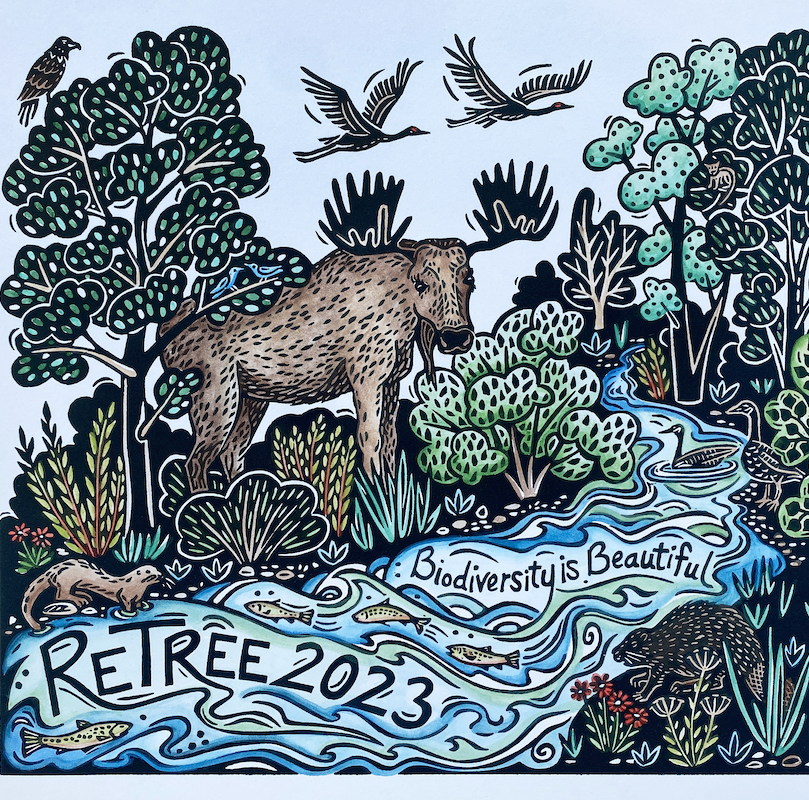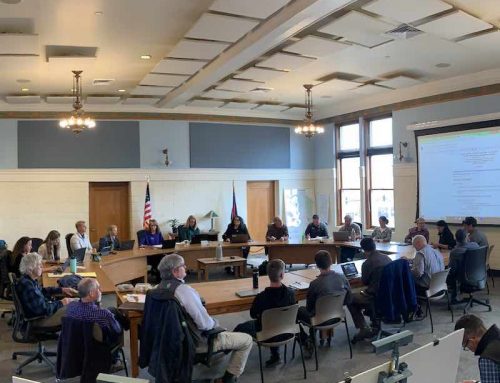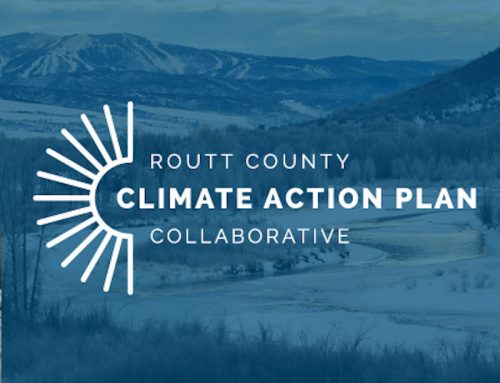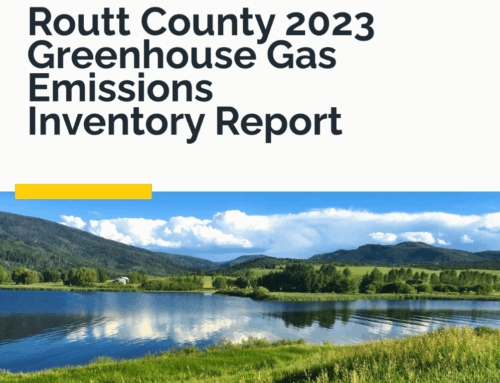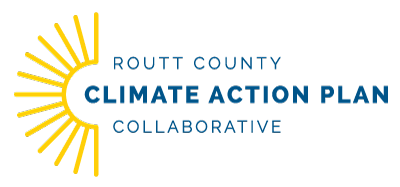Yampa Valley Sustainability Council
It is the time of year when the community that cherishes the Yampa River comes together to plant trees along its banks.
The Yampa Valley Sustainability Council will host multiple tree-planting volunteer days in September and October with the 14th annual ReTree celebrations occurring Sept. 30 and Oct. 7. These events celebrate trees and the river, but what many may not realize is that we are helping to build important infrastructure for our future.
We hear a lot about infrastructure in national and local politics and may think of it as roads and bridges. But nature is infrastructure too, and natural infrastructure is becoming a more important part of the investments we need to make where we live and work.
As our climate changes, the risk of natural hazards will continue to increase. This includes both periods of drought and floods, worsening water quality and the need for more government investments to protect people and assets. The cost of needed infrastructure investments is leading many government leaders to consider investing in natural systems to help decrease risks and increase resilience to hazards.
For example, in a recent Steamboat Springs City Council meeting, council members directed staff to explore the development of a new stormwater utility that could help invest in more nature-based, green infrastructure projects to help protect water quality and mitigate flood risks.
A recent set of recommendations for implementing the Routt County Climate Action Plan also included several actions related to natural infrastructure such as increasing urban and riparian tree cover, protecting wetlands and restoring headwaters forests and wet meadows to protect water supplies. These investments can be cheaper than traditional grey infrastructure and provide multiple co-benefits, including helping to sequester carbon in vegetation and soils.
The city of Steamboat Springs has been supporting an important green infrastructure project since 2019 in the Yampa River Forest Restoration Project. The project grew out of the city’s Stream Management Plan for the Yampa, which identified increasing riparian tree cover along the river as a key strategy for reducing water temperatures. Riparian trees also provide additional benefits at the same time, such as flood mitigation, improved wildlife habitat and carbon sequestration.
The Yampa Valley Sustainability Council invites the community to join us in planting trees to protect the Yampa River and to invest in our future. Visit yvsc.org to sign up to volunteer for ReTree and other tree planting projects this fall.
